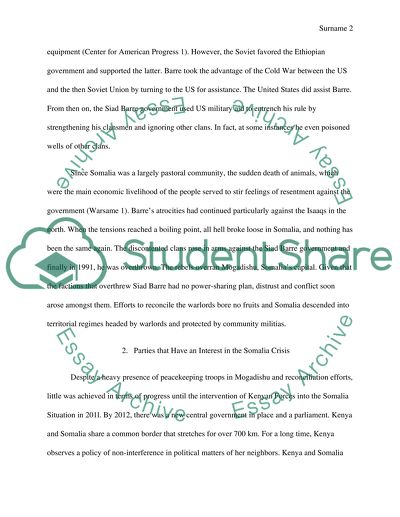Cite this document
(“Policy Brief on the New Era of Peace: Africa Essay”, n.d.)
Policy Brief on the New Era of Peace: Africa Essay. Retrieved from https://studentshare.org/social-science/1688415-policy-brief-on-the-new-era-of-peace-africa
Policy Brief on the New Era of Peace: Africa Essay. Retrieved from https://studentshare.org/social-science/1688415-policy-brief-on-the-new-era-of-peace-africa
(Policy Brief on the New Era of Peace: Africa Essay)
Policy Brief on the New Era of Peace: Africa Essay. https://studentshare.org/social-science/1688415-policy-brief-on-the-new-era-of-peace-africa.
Policy Brief on the New Era of Peace: Africa Essay. https://studentshare.org/social-science/1688415-policy-brief-on-the-new-era-of-peace-africa.
“Policy Brief on the New Era of Peace: Africa Essay”, n.d. https://studentshare.org/social-science/1688415-policy-brief-on-the-new-era-of-peace-africa.


